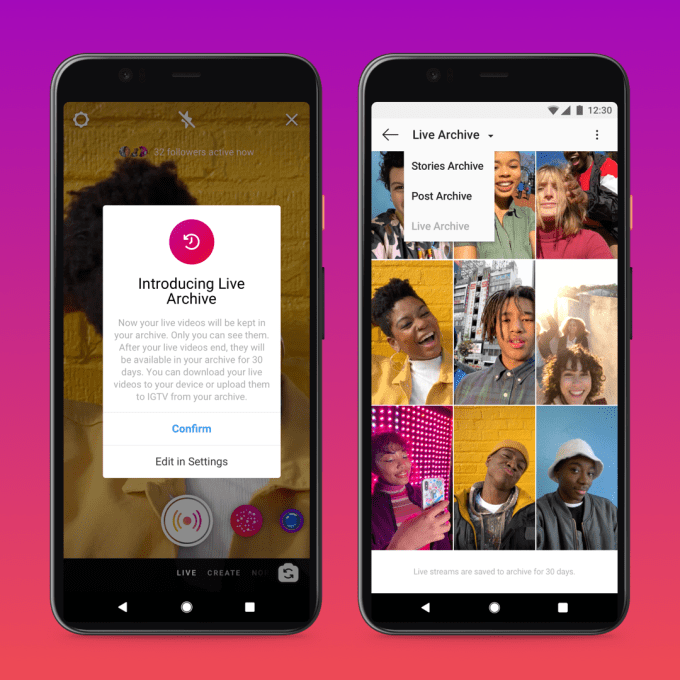Portable power is a very convenient thing to have on hand, as proven by the popularity of pocket power banks for providing backup energy for smartphones and tablets. Jackery’s lineup of battery backups offer an entirely different, much greater level of portable energy storage, and when combined with the company’s durable and portable solar panels, they add up to an impressive mobile solar power generation solution that can offer a little piece of mind at home for when the power goes out, or a lot of flexibility on the road for day trips, camping excursions and more.
The basics
Jackery sells the Explorer 1000 Portable Power Station and SolarSaga 100W Solar Panels I reviewed separately, but it also bundles them together in a pack ($1,599.97) with the power station and two of the panels in a ‘Solar Generator’ combo, which is what I tested. The Portable Power Station retails for $999.99, though it’s the top of the line offering and there are more affordable models with less capacity. The station itself offers a 1002Wh internal lithium battery, and 1000W rated power with 2000W surge power rating. IT has two USB-C outputs, one standard USB, one DC port like you’d find in your car dash, and three standard AC outlets. It has an integrated handle, a tough plastic exterior and a built-in LCD display for information including battery charge status and output info.
The Explorer 1000, on a full charge, can provide up to 100 chargers for your standard iPhone, or up to 8 charges of a MacBook Pro. It can power an electric grill for 50 minutes, or a mini fridge for up to 66 hours. It can be recharged via a wall outlet (fully charges in 7 hours) or a car outlet (14 hours), but it can also be paired up with the 2x SolarSaga panels for a full recharge in around 8 hours of direct sun exposure – almost as fast as you’d charge it plugging git into an outlet at home (it takes double the time, or around 17 hours, when using just one).
As for the solar panels, they each retail for $299.99, and fold in half for greater portability, and feature integrated pockets and stands for cable storage and easy setup anywhere. Each ways less than 10 lbs, and they offer both USB-C and USB-A direct output for charging up devices without any battery or power station required. It’s worth noting that they’re not waterproof, however, so you should exercise some caution when using them in inclement weather.

Image Credits: Jackery
Design and features
The Jackery Portable Power Station is a perfect blend of portability, practicality and durability. Its internal powerhouse will keep you going for days in terms of mobile device power, and it weighs only a relatively portable 22 lbs, despite packing in a massive battery. The range of output options built-in mean you can connect to just about any electronically-powered device you can think of, and three AC outlets mean you can power multiple appliances at once if you want to spend your juice on running a lightweight outdoor kitchen – albeit not for a super long time at that kind of power draw.
Jackery’s Explorer series features durable and attractive (insofar as any utility device is ever that attractive) exterior impact-resistant plastic housings, and they definitely feel like they don’t need to be treated with kid gloves. The display is legible and clear, and provides all the info you need at-glance in terms of reserve power, and power expenditure for connected devices, as well as charging info when plugged in.
The many charging options are also super convenient, and that’s where the SolarSaga 100W panes come in. These fold up to roughly the size of a folding camp side table, and have integrated handles for even easier carrying. They’re also protected outside by a tough polycarbonate shell, and the panels are resistant to high temperatures for max durability. They come with included output converter cables for connecting to USB A and USB C devices, and can be used with the adapter included with the Power Station to charge that either in tandem with one another, or on their own.
Around back you’ll find an adjustable kickstands, which allow you to angle the panels towards the sun across a range of positions for maximum energy absorption. Between these and the Explorer power stations, you have everything you need to set up your own fully mobile solar energy power generation station in just a few minutes and with minimal effort.

Image Credits: Jackery
Bottom line
In actual use, the Jackery Explorer 1000 Portable Power Station provides so much backup power that it was hard to expend it all through general testing. You really do have to plug alliances like my Blendtec blender in to make a dent, and even then I got roughly 12 hours of usage or more out of it. This is a great solution for taking some selective on-grid equipment off-grid while on camping trips, like a TV, small fridge or a projector, and it’s an amazing thing to have at home just in case of power outages, where having your own backup options can make the difference between getting through a productive workday or staying in touch with family.
The SolarSaga panels are an amazing complement to the Explorer, and truly turn this into your own mini green energy power generation station. Even if you’re not convinced on the expense and necessity of converting your home to solar power, using something like Tesla’s Powerwall, for instance, this is a nice way to power a cooler in the backyard effectively for ‘free’ when it comes to energy costs, or to extend the useful life of the Explorer on trips when you’re away from the grid over the course of multiple days.
Read Full Article








